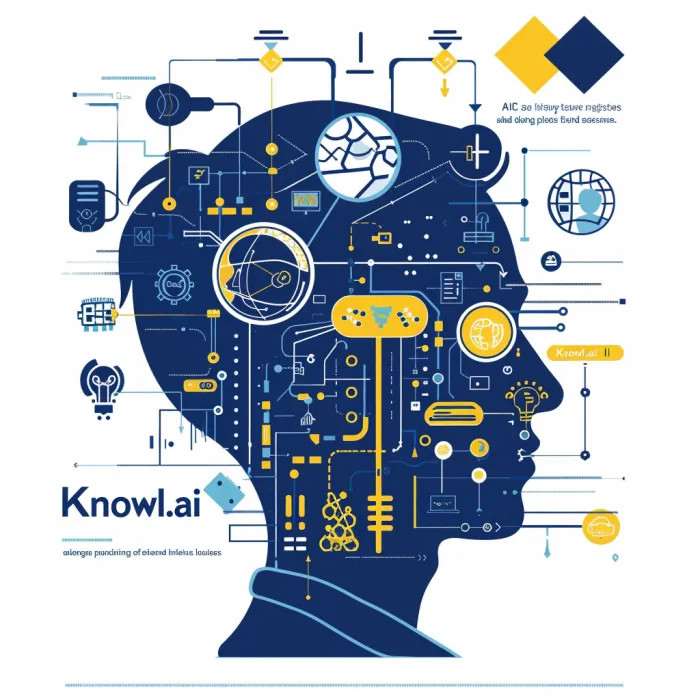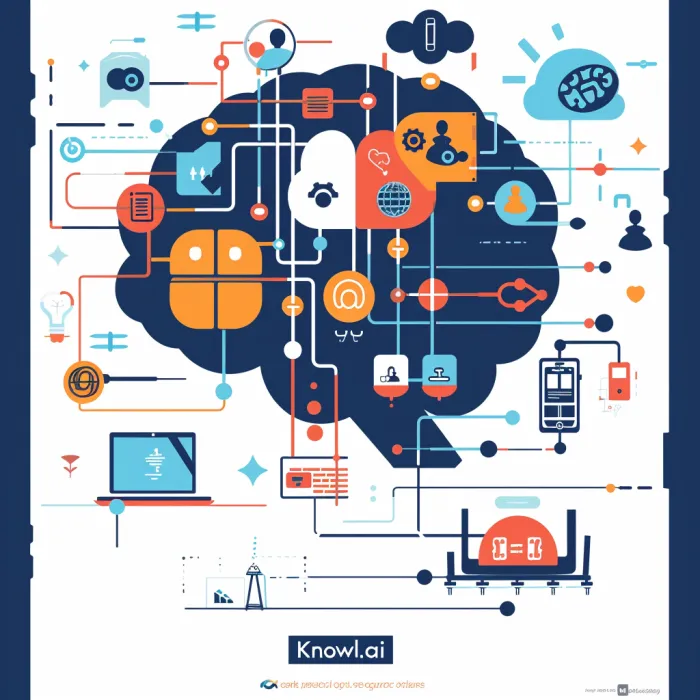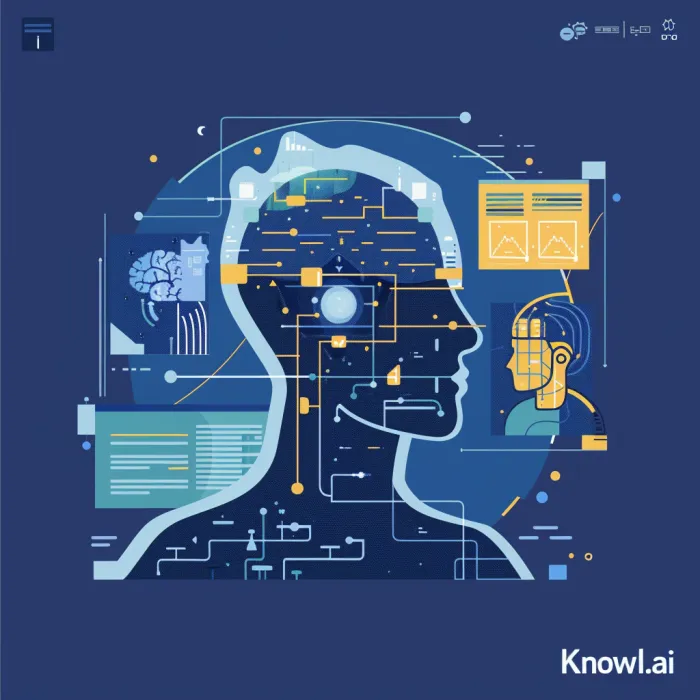In the digital age, where software ecosystems are more interconnected than ever, the API-first design emerges as the beacon guiding the creation and evolution of applications. This approach isn't just a methodology; it's a philosophy that places the API at the heart of product development, ensuring that APIs are not an afterthought but a foundational component of software architecture. Let's embark on a journey to unravel the essence of API-first design, exploring its principles, benefits, and the transformative impact it has on the software development industry.
Understanding the Basics of API-first Approach
Core Principles of API-first Development
API-first development is built on the premise that APIs are the primary interface to functionality and should be treated as first-class citizens in the software design process. This approach emphasizes the early planning and design of APIs, ensuring they meet the needs of both the developers who will build on them and the end users who will ultimately benefit. It advocates for clear, consistent, and reusable API designs that can support broad and unforeseen use cases, promoting scalability and flexibility.
Key Takeaway: The core of API-first development lies in prioritizing API design to ensure it serves a broad set of needs efficiently and effectively.

Benefits of Adopting an API-first Strategy
Adopting an API-first strategy offers myriad benefits, from improved developer experience and faster time to market to enhanced scalability and easier integration with other services. By defining APIs at the outset, teams can work in parallel, reducing dependencies and speeding up development. This strategy also facilitates a more agile approach to product evolution, as APIs designed to be flexible can adapt more readily to changing business requirements.
Key Takeaway: An API-first strategy accelerates development, enhances flexibility, and ensures your product can grow and adapt over time.
How to Implement API-first Design in Your Development Process?
Steps to Adopt an API-first Approach
Implementing an API-first design begins with understanding your users' needs and defining the API to meet those needs before any code is written for the application itself. This involves detailed planning, design, and documentation of the API, often using specification formats like OpenAPI or RAML. Collaboration across teams is crucial, as feedback from stakeholders can help refine the API to ensure it fulfills its intended purposes effectively.
Key Takeaway: Successful API-first implementation requires thorough planning, cross-team collaboration, and early stakeholder feedback.
Challenges of API-first Implementation
While the benefits are significant, the API-first approach is not without its challenges. Ensuring comprehensive and clear API documentation from the start can be demanding, and getting buy-in from all stakeholders for this upfront investment requires effective communication of the long-term benefits. Additionally, maintaining consistency and governance across all APIs in larger organizations can be complex.
Key Takeaway: Overcoming the challenges of API-first implementation requires commitment to thorough documentation, stakeholder engagement, and consistent governance practices.
API-first Security Considerations
Security must be a primary concern in API-first design. This means integrating security practices into the API design process, including authentication, authorization, and encryption standards. By addressing security early on, you can avoid vulnerabilities that might be harder to fix after the API and its consuming applications are developed.
Key Takeaway: Early integration of security measures in API design ensures the protection of data and services, making the API more robust and trustworthy.
Why API-first Design Matters in the Software Development Industry?
The Impact of API-first Strategy on Product Design
The API-first strategy significantly influences product design, encouraging a modular architecture that promotes reuse and simplifies integration. This approach allows for greater creativity and flexibility in developing new features or services, as the API acts as a stable contract that front-end and back-end teams can rely on.
Key Takeaway: API-first design fosters a modular, flexible product architecture that accelerates innovation and simplifies integration.
API-first Development vs. Code-first Approach
Unlike the code-first approach, where the API is derived from the codebase after development, API-first insists on designing the API upfront. This shift in perspective ensures the API is optimized for use by developers and aligns with business goals, rather than being constrained by the implementation details of the underlying software.
Key Takeaway: API-first focuses on designing APIs that serve business and developer needs effectively, in contrast to deriving them from an existing codebase.
Role of API Documentation in API-first Design
In an API-first world, documentation is not just a final step but a foundational tool. Effective API documentation enables developers to understand, use, and integrate APIs without friction, serving as a critical facilitator of developer experience and adoption. Tools like Knowl.ai, which generate accurate and up-to-date API documentation automatically, are invaluable in maintaining the alignment between API design and its documentation.
Key Takeaway: Quality API documentation is essential in API-first design, enabling easy adoption and effective use of the API.
Fun Fact
Did you know that the idea of API-first design parallels the architectural principle of "form follows function," emphasizing that how something works should dictate its design?
API Governance Best Practices in an API-first Environment
Adopting an API-first approach requires a shift in how we manage our API portfolio. Effective API governance in this context ensures consistency, security, and usability across all APIs. This begins with establishing clear guidelines for API design, versioning, and documentation, ensuring that every API developed adheres to the organization's standards and best practices. Regular reviews and audits of the API portfolio can help maintain alignment with these standards, ensuring that APIs remain efficient and effective tools for both developers and end users.
Key Takeaway: Strong governance practices are essential in an API-first environment to ensure consistency, security, and usability across all APIs.
Integrating Microservices with an API-first Approach
In a microservices architecture, where applications are broken down into smaller, independent services, an API-first approach ensures seamless integration and communication between these services. By defining the APIs upfront, developers can design microservices that interact efficiently, reducing dependencies and simplifying the development process. This not only accelerates deployment but also enhances the flexibility of the microservices architecture, allowing for easier updates and scalability.
Key Takeaway: An API-first approach is pivotal in microservices architecture for ensuring efficient service integration and communication.
Exploring API Design Patterns and Strategies
Key API Design Patterns for Successful API-first Development
Successful API-first development leans heavily on well-established design patterns. These patterns, such as REST for stateless operations and GraphQL for complex queries, provide a blueprint for structuring APIs in a way that maximizes usability and efficiency. Adopting these patterns can help address common challenges in API development, such as data over-fetching or under-fetching, and ensure that APIs are scalable and maintainable.
Key Takeaway: Utilizing established API design patterns is crucial for creating scalable, efficient, and user-friendly APIs in an API-first development approach.
Developing an API Strategy with an API-first Mindset
An API-first mindset is not just about technical design; it's about strategic vision. Developing an API strategy from this perspective involves considering the API as a product in its own right, one that serves a specific audience with particular needs. This means thinking beyond just the immediate application and considering how the API can drive business goals, foster innovation, and create new opportunities for integration and collaboration.
Key Takeaway: A successful API strategy views the API as a standalone product, designed to meet user needs and drive business objectives.

Addressing Common Misconceptions about API-first Development
Understanding the Importance of an API-first Design Approach
The API-first design approach is often misunderstood as being only about the technical aspects of API development. However, its importance extends into the realm of strategic business planning and product development. By prioritizing API design, businesses can ensure that their digital services are more adaptable, easier to integrate with external partners, and capable of evolving to meet future demands.
Key Takeaway: The API-first design approach is crucial not just for technical efficiency but for strategic business agility and innovation.
Debunking Myths Surrounding API-first Development
Myths such as "API-first slows down the development process" or "API-first is only for large enterprises" often deter teams from adopting this approach. However, the reality is that API-first can speed up development by enabling parallel workstreams and ensuring that APIs are designed with both current and future needs in mind. Moreover, businesses of all sizes can benefit from the scalability, flexibility, and market responsiveness that API-first design offers.
Key Takeaway: Contrary to common myths, API-first design can accelerate development and is beneficial for organizations of all sizes.
FAQ
Q: Can an API-first design approach work for legacy system integration?
A: Absolutely! An API-first approach can be particularly effective in legacy system integration, providing a flexible and scalable way to modernize and extend the capabilities of older systems.
Q: Is API-first design only suitable for large-scale projects?
A: No, the API-first design is scalable and can bring benefits to projects of any size by ensuring a solid foundation for growth and integration.
About Knowl.io
Introducing Knowl.io, the revolutionary AI-driven platform designed to transform how API documentation is created and maintained. Say goodbye to the painstaking process of manually updating specifications with each code change—Knowl.io does the heavy lifting for you. With seamless integration into your development workflow, Knowl.io ensures your API documentation is perpetually accurate, reflecting the latest updates in your codebase without the need for manual annotations or explanations.
At the heart of Knowl.io is cutting-edge AI technology that meticulously identifies endpoints, parameters, and behaviors, crafting detailed and up-to-date API documentation with comprehensive explanations. Trust Knowl.io to elevate your documentation process, making it more efficient and reliable than ever. Ensure your developers and stakeholders always have access to the most current and coherent API documentation with Knowl.io, where innovation meets simplicity.


